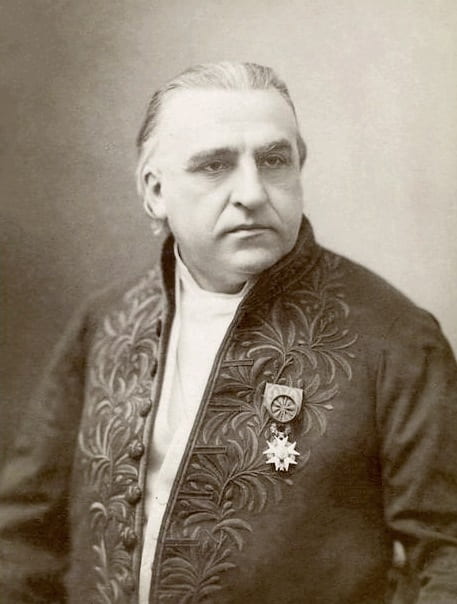Reference
Charcot, J. M. (1877). Lectures on the diseases of the nervous system: delivered at La Salpetriere. London, New Sydenham Society.
Summary
Lectures on the Diseases of the Nervous System is a classic medical literature which contains 13 neuropathology talks given by the renown 19th century French physician Jean-Martin Charcot (1825 – 1893). Charcot has been referred to as “the father of French neurology and one of the world’s pioneers of neurology”.
| Born in 1825 to a family with financial constraints, Charcot performed the best academically among his brothers and was therefore chosen by his father to receive a medical education. In medical school, his fluency in English and 3 European languages enabled him to read numerous medical texts in their original languages. The knowledge gained and his later life experiences as a physician and pathological anatomy professor contributed to his diverse understanding in scientific fields relating to the human body and its medical conditions. |
 Image from Wikimedia Commons: https://commons.wikimedia.org/wiki/File:Jean-Martin_Charcot.jpg |
Lectures on the Diseases of the Nervous System in turn showcases many of Charcot’s findings in neuropathology. In it, Charcot shares information on the symptoms and factors contributing to various neurological conditions. The neurological conditions covered include nutritional disorders resulting from nerve, spinal cord and/or brain damage, paralysis agitans, disseminated sclerosis, hysterical ischuria, hysterical hemianaesthesia, ovarian hyperaesthesia, hysterical contracture and hystero-epilepsy. These disorders are explained using case studies, hand drawn illustrations, post-mortem findings and observations made from animal experimentals.
While informative, readers should note that due to this book being a 19th century publication, some of the content is admittedly dated. For example, paralysis agitans is more commonly referred to as Parkinson’s disease today. Also, the hysteria condition mentioned in this book is no longer regarded as stand-alone medical disorder. Instead, some of its symptoms now appear under various mental health disorders. Nonetheless, the book offers fascinating information to readers interested in neuropathology and neuroscience.
